I am pleased to announce the public defense of Mr A.Morsel.
Abstract & Committee: https://www.dropbox.com/scl/fo/v2or3bio2lge0nwoh0qtp/h?rlkey=3m9v51fwjayhd6x5dw2qrnwfa&dl=0
Zoom link: https://ec-nantes.zoom.us/j/96257564882 Passcode: Blast_AM1
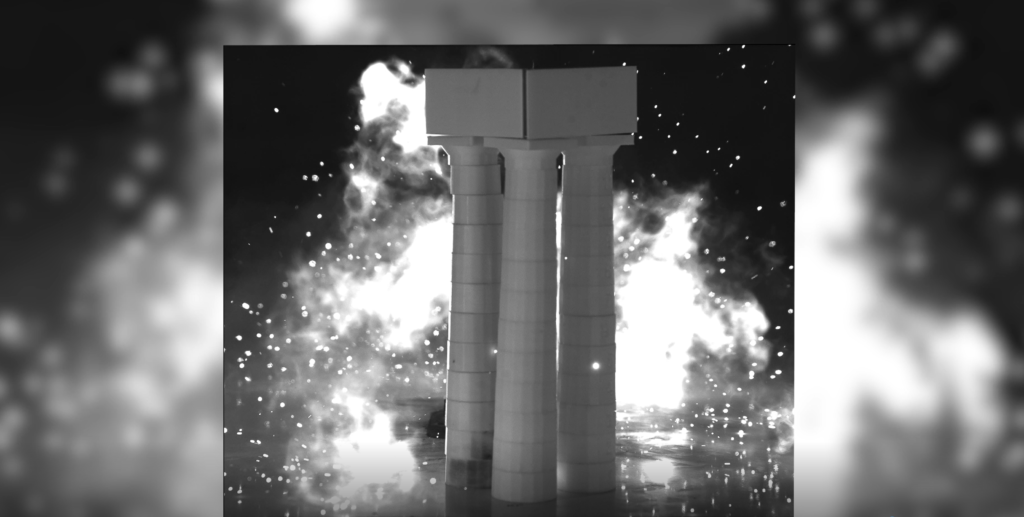

I am pleased to announce the public defense of Mr A.Morsel.
Abstract & Committee: https://www.dropbox.com/scl/fo/v2or3bio2lge0nwoh0qtp/h?rlkey=3m9v51fwjayhd6x5dw2qrnwfa&dl=0
Zoom link: https://ec-nantes.zoom.us/j/96257564882 Passcode: Blast_AM1

After nearly four years of careful preparation, we’ve successfully conducted the first-ever laboratory experiment to reproduce the explosive event at the Parthenon in 1687!
More details and results will be given during Ahmad Morsel’s upcoming PhD defense in April! 🔬🏛️
Yes, with Thermodynamics-based Artificial Neural Networks (TANN)!
Our new talk on TANN at the Mechanistic Machine Learning and Digital Twins for Computational Science, Engineering & Technology conference (September 26-29, 2021, San Diego).
TANN are a novel deep learning approach for modeling complex materials, by enforcing the universal laws of thermodynamics. The method is accurate, fast and scalable, and will enable, in the near future, to derive reliable quantitative predictions of the fault friction (in the ERC grant CoQuake) and of the response of structures under blast loading. TANN allow to perform large scale simulations of intricate systems in a virtual, data- and physics-driven environment, that fits on a laptop.
Find out more about TANN and our developments:
by Filippo Masi, Ioannis Stefanou, Paolo Vannucci, Victor Maffi-Berthier
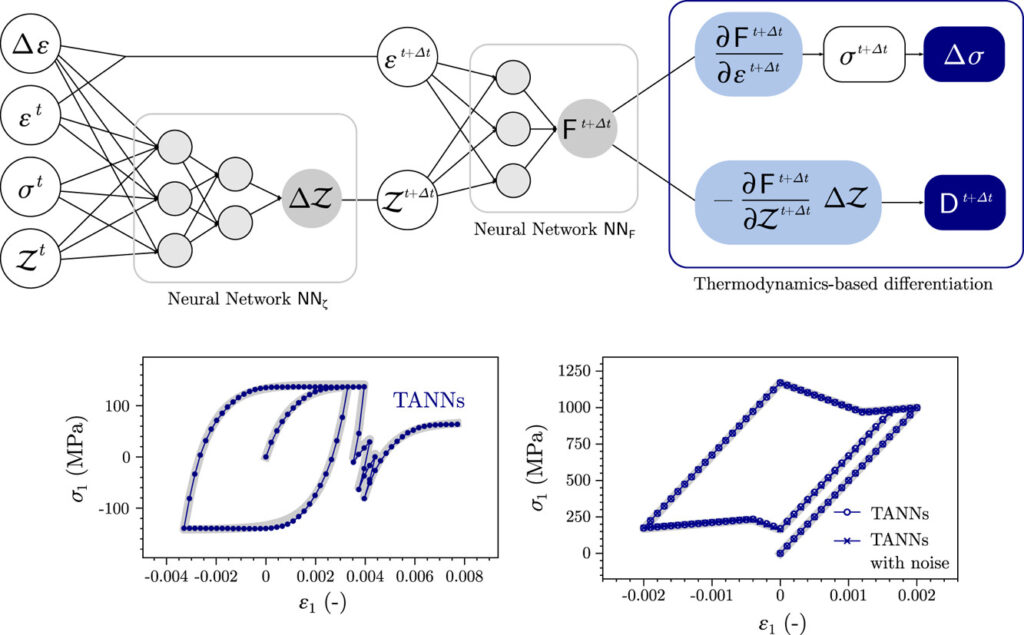
Abstract Machine Learning methods and, in particular, Artificial Neural Networks (ANNs) have demonstrated promising capabilities in material constitutive modeling. One of the main drawbacks of such approaches is the lack of a rigorous frame based on the laws of physics. This may render physically inconsistent the predictions of a trained network, which can be even dangerous for real applications.
Here we propose a new class of data-driven, physics-based, neural networks for constitutive modeling of strain rate independent processes at the material point level, which we define as Thermodynamics-based Artificial Neural Networks (TANNs). The two basic principles of thermodynamics are encoded in the network’s architecture by taking advantage of automatic differentiation to compute the numerical derivatives of a network with respect to its inputs. In this way, derivatives of the free-energy, the dissipation rate and their relation with the stress and internal state variables are hardwired in the architecture of TANNs. Consequently, our approach does not have to identify the underlying pattern of thermodynamic laws during training, reducing the need of large data-sets. Moreover the training is more efficient and robust, and the predictions more accurate. Finally and more important, the predictions remain thermodynamically consistent, even for unseen data. Based on these features, TANNs are a starting point for data-driven, physics-based constitutive modeling with neural networks.
We demonstrate the wide applicability of TANNs for modeling elasto-plastic materials, using both hyper- and hypo-plasticity models. Strain hardening and softening are also considered for the hyper-plastic scenario. Detailed comparisons show that the predictions of TANNs outperform those of standard ANNs. Finally, we demonstrate that the implementation of the laws of thermodynamics confers to TANNs high robustness in the presence of noise in the training data, compared to standard approaches.
TANNs’ architecture is general, enabling applications to materials with different or more complex behavior, without any modification.
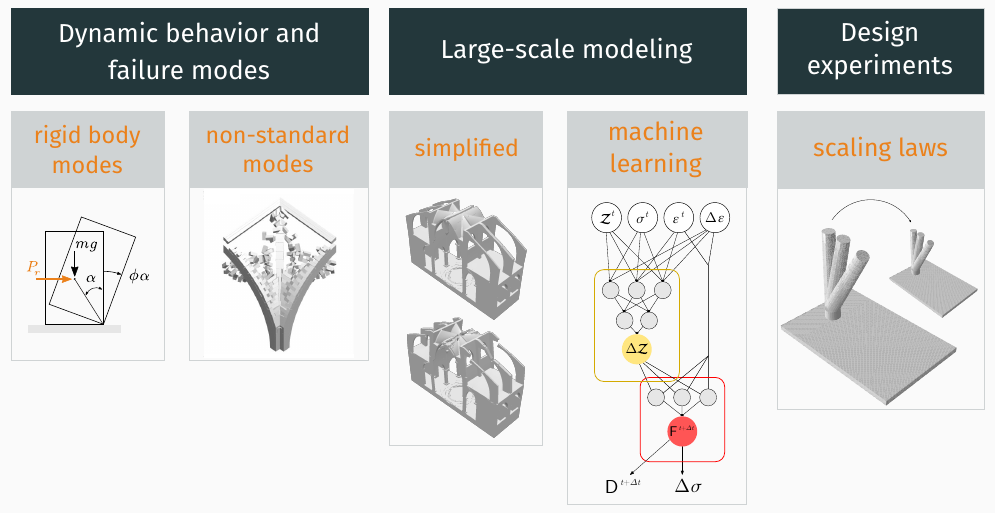
We are glad to share with you the link to the PhD Thesis Defense of Filippo Masi entitled:
Fast-dynamic response and failure of masonry structures of non-standard geometry subjected to blast loads
The defense will take place on December 14, 2020 at 3:00 pm (GMT+1)
You can join directly on YouTube
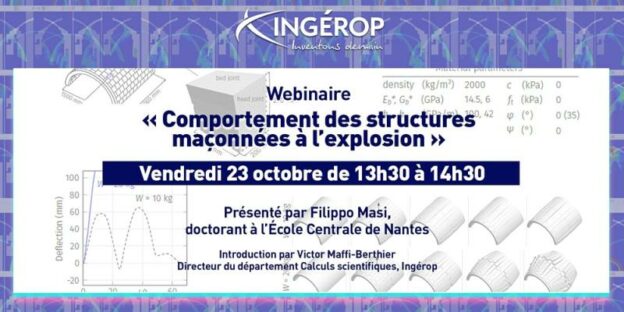
We are glad to share with you Ingérop‘s initiative of a webinar on the “Behavior of masonry structures to explosions” by Filippo Masi
The webinar is on October 23, at 1:30 pm (GMT +1:00, Paris time)
Don’t forget to register: here
Poster communication on Thermodynamics-based Artificial Neural Networks at Joint Structures and Common Foundations of Statistical Physics, Information Geometry and Inference for Learning at Ecole de Physique des Houches:
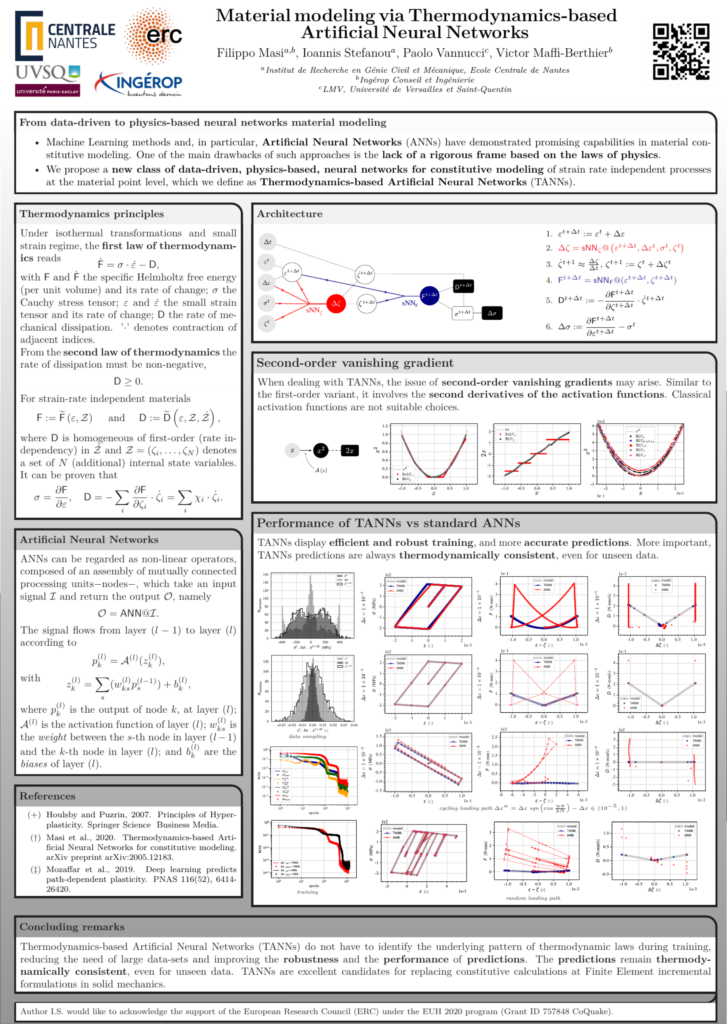
Full-length pre-print here